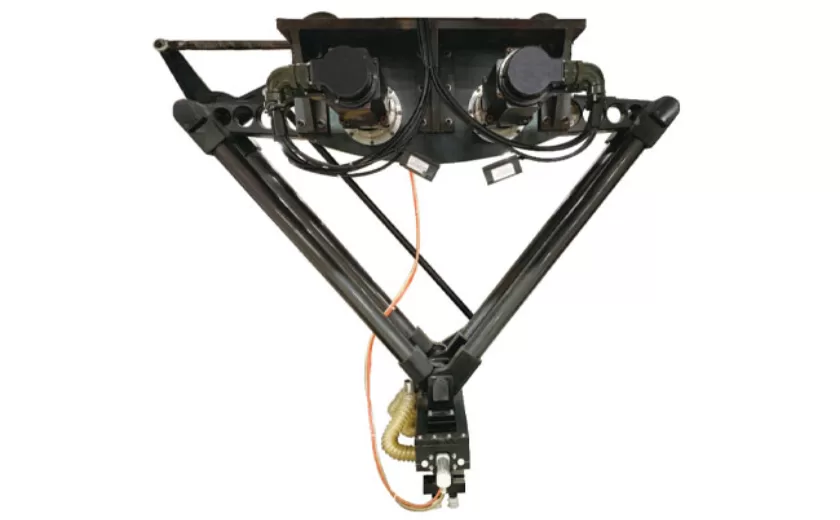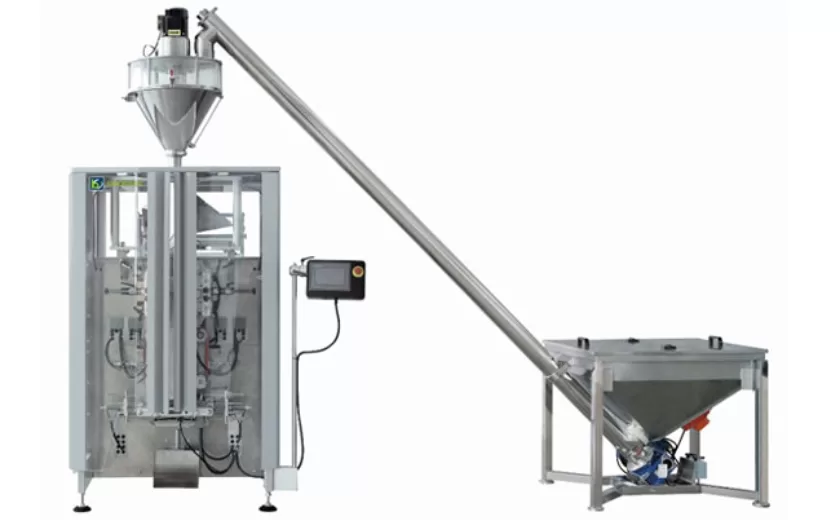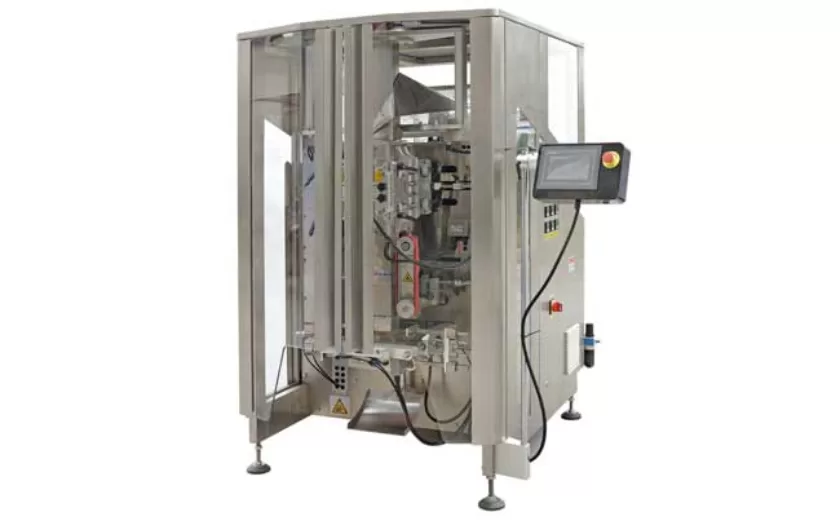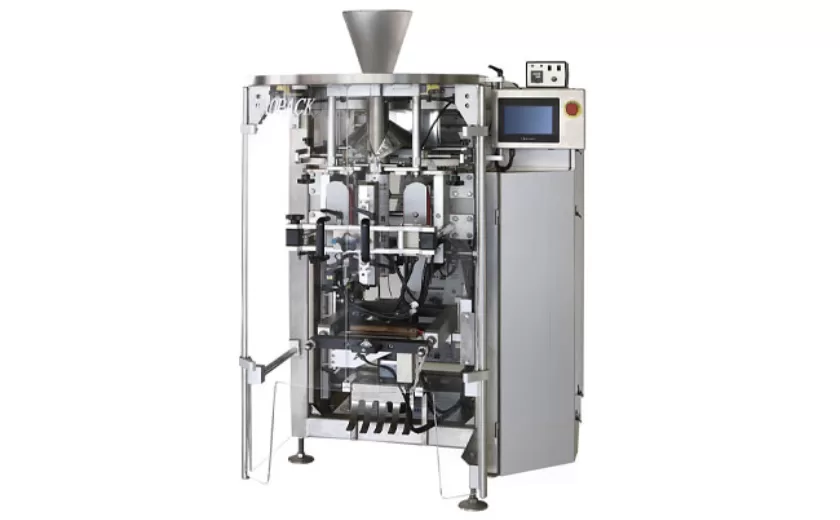How to Train Staff on Using Milk Pouch Packing Machines Effectively
In the dairy industry, ensuring the efficient and hygienic operation of milk pouch packing machines is crucial for product quality and safety. Effective staff training plays a pivotal role in maximizing machine performance and minimizing downtime. This article provides a comprehensive guide on how to train staff on using milk pouch packing machines effectively.
Pre-Training Preparation
Before conducting training, it is essential to gather the necessary materials, including user manuals, product specifications, and safety protocols. Identifying and addressing any potential language barriers or learning challenges is also essential. The training environment should be well-lit, spacious, and free from distractions.
Technical Overview
The training should begin with a thorough explanation of the machine’s components, their functions, and operating principles. Trainees should be introduced to the control panel, sensors, and safety features. Hands-on demonstrations and visual aids can enhance comprehension.
Operational Procedures
Staff should be meticulously trained on the step-by-step operating procedures, including equipment setup, product loading, and pouch sealing. Proper packaging techniques, such as pouch alignment and sealing pressure, should be emphasized to prevent leaks or damage.
Hygiene and Sanitation
Maintaining hygienic conditions is paramount in milk packaging. Trainees should be instructed on the importance of regular cleaning and disinfection procedures. They should be equipped with the necessary tools and chemicals and shown how to properly clean all machine parts that come into contact with the product.
Troubleshooting and Maintenance
Training should also cover common problems and troubleshooting techniques. Trainees should be able to identify signs of machine malfunction and know how to perform basic maintenance tasks, such as changing filters and adjusting tension settings. Regular maintenance schedules should be established and followed to ensure optimal machine performance.
Safety Precautions
Safety should be at the forefront of all training programs. Staff should be thoroughly informed about potential hazards associated with machine operation, such as moving parts and electrical equipment. They should be trained on the proper use of personal protective equipment and emergency procedures.
Assessment and Feedback
To evaluate the effectiveness of the training, regular assessments and feedback should be provided. This can include observing trainees’ performance, administering written tests, or conducting role-playing exercises. Feedback should be constructive and used to identify areas for improvement.
Continuous Improvement
Training should not be a one-time event but an ongoing process. As technology evolves and new best practices emerge, staff should receive refresher training or updates. Continuous improvement initiatives can help ensure that the knowledge and skills of the workforce remain current and effective.
-

Advanced Packing Solutions: Snacks, Sugar, and Frozen Food Machines
29-10-2025 -

Efficient and Reliable Solutions for Salt, Nuts, and Frozen Dumplings Packing
29-10-2025 -

High-Performance Biscuits, Lollipop, and Ketchup Packing Machines for Modern Food Production
29-10-2025 -

Efficient Liquid Filling and Packing Machines for Modern Production
23-10-2025 -

Reliable Granule Packaging Machines for Efficient Production
23-10-2025 -

Efficient Auger Powder Filling Machines for Accurate Packaging
23-10-2025 -

High-Performance Liquid Filling and Packing Machines for Hygienic Production
10-10-2025 -

High-Efficiency Granule Packaging Machines for Precision and Speed
10-10-2025 -

High-Precision Auger Type Powder Filling Machines for Efficient Packaging
10-10-2025 -

Efficient Vertical Form Fill Seal Packaging Machines for Smart Production
10-10-2025





